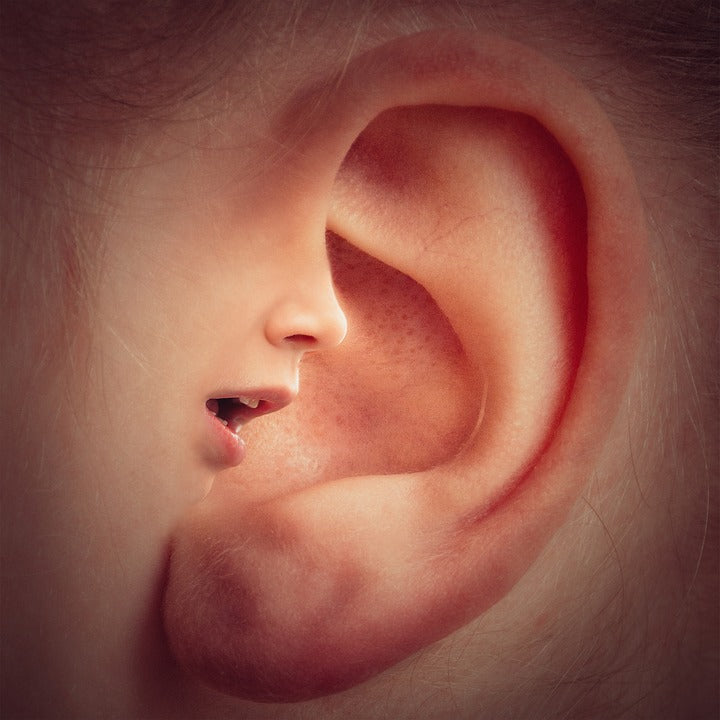Earaches are more common in children and babies, but affects adults too. Common causes include infection, swimmer’s ear, dermatitis or trauma. It can be excruciating, but there are many ways to treat and prevent it.
Outer earaches
Trauma to the ear can cause pain to the outer ear cartilage, or even bleeding. If you have recently had your ears pierced, it is important to keep it clean with surgical alcohol rubs or a saltwater mix to prevent infection. Using a sterling silver stud is the safest method as you are less likely to have an allergic reaction to it – also known as a contact dermatitis reaction.
The cartilage of the ear may take a few months to heal, so patience is a virtue.
The outer ear may also be sensitive if you are experiencing dry skin and cracking, or oily skin with acne in the area, such as a pimple in the ear.
Swimmers ear in the outer ear canal occurs when your ears have been exposed to water for too long. Chlorine in the water, for example, may agitate the ear canal. Scratching the ear canal with an earbud to remove the water will agitate it further as you are removing ear wax that offers protection. Never use an ear bud in your ear.
Ear wax may build up and harden, causing pain in the ear canal as well. It is advised that you visit your doctor to help you remove the wax safely, without injuring the ear drum. You can also try Waxsol® or sweet oil, to loosen the wax.
Ask your doctor or pharmacist about over-the-counter treatments to manage the pain.
Middle-ear infections
This is more common with children and babies. The ears, nose and throat are all connected; therefore, a baby drinking from a certain angle may end up with milk in the sinus cavity. This may cause an infection. Always take a bottle away from an infant after they have fallen asleep.
Middle ear infections are usually caused by bacteria or a viral infection, that could stem from the sinus cavity or spread to it.
It is identified by a doctor or nurse examination of the external ear canal with a special light device to identify redness or irritation of the eardrum.
Inner ear infections

Inner ear infections are called labyrinthitis. This is caused by a fluid build-up of the inner ear. It may result in dizziness, a spinning sensation or ringing in the ear.
Illustration of the ear. Credit: MedicineNet
As illustrated above, the inner ear has various parts. An inner ear infection can prevent these parts from working properly and cause pain, and temporary or permanent deafness, if severe enough.
Ask your doctor or pharmacist about a decongestive medication or nasal drop to relieve pressure in the middle ear. The nasal drop runs through the nose into the Eustachian tube. Stop the use of nasal drops after five days to prevent rebound congestion, unless specified otherwise.
Did you know?
Professor Mashudu Tshifularo and a team of surgeons at the Steve Biko Academic hospital were the first to do a 3D printed middle ear transplant to restore hearing of a patient who suffered a trauma to the ear.
The bones and parts were perfectly matched with a titanium mould. This was a huge acclamation for South African medicine, in 2019.
Our Wellness Clinic and Homegrown Babies Sisters are well equipped to perform an examination and check the ears, and make a recommendation for a proposed treatment, but a doctor’s prescription may be needed if antibiotics are warranted.
We can deliver your medication, supplements and other Mopani online shopping, nationwide. More info: mopani.co.za | crossing@mopani.co.za | Tel: 013-755-5500 | WhatsApp: 066-192-1703

